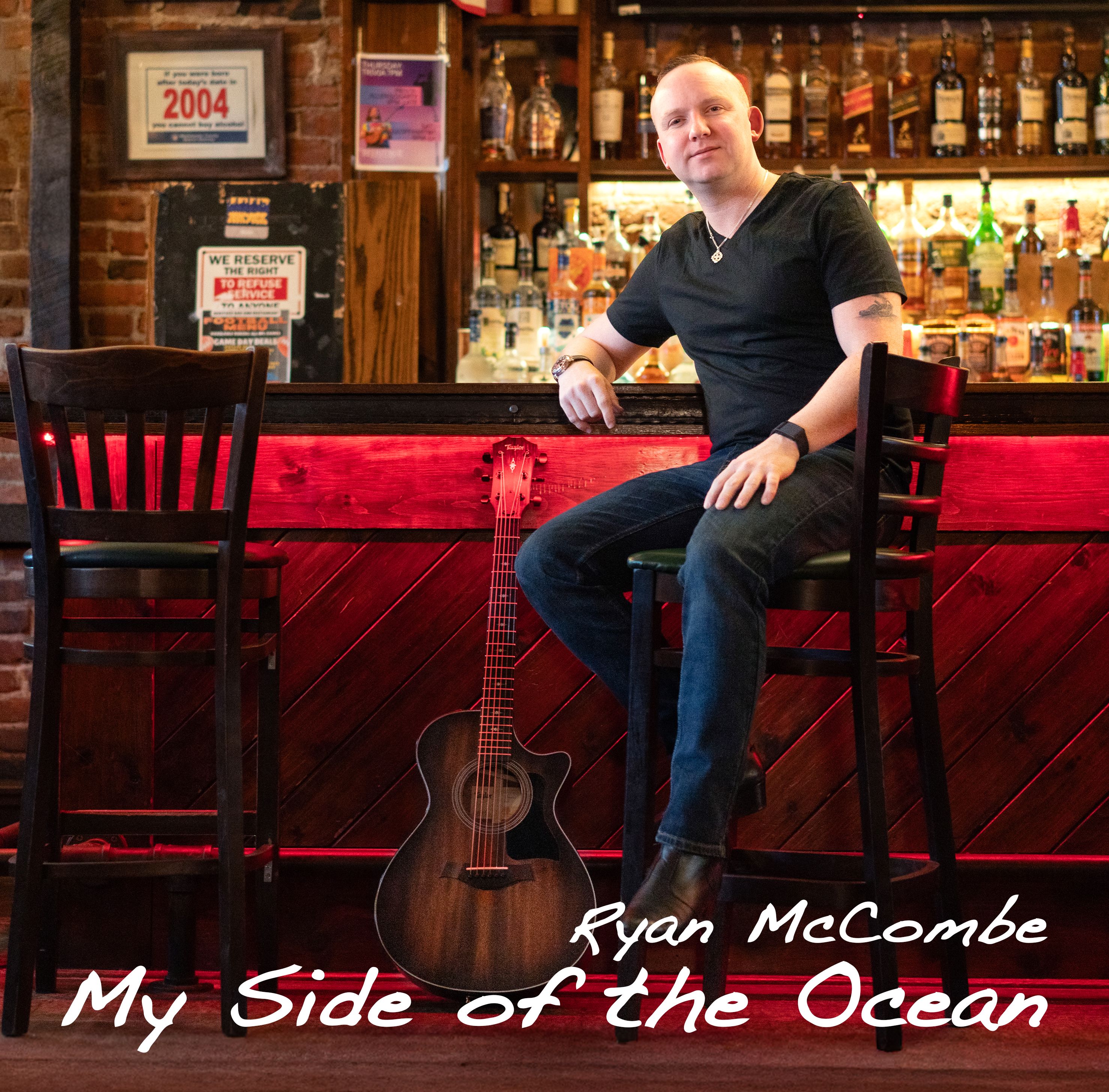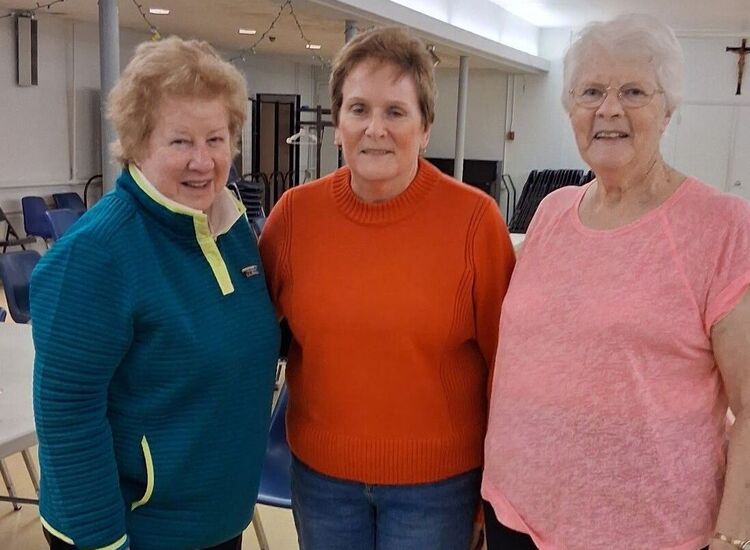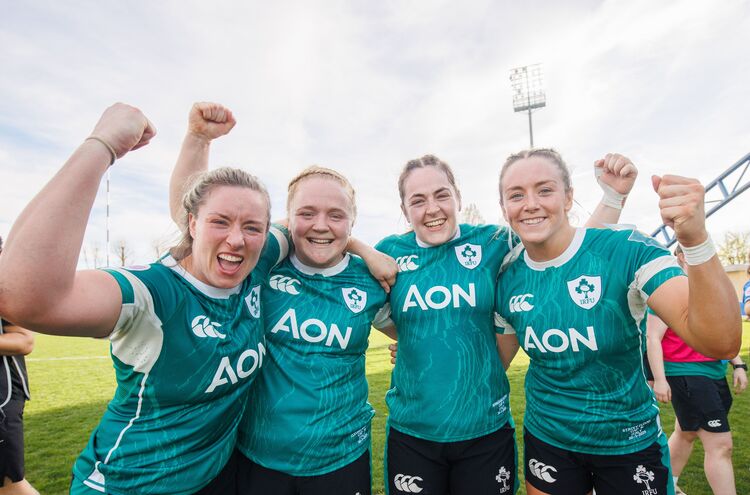So, I’ve a couple things in the media yoke this week. First up is Ultan O’Brien’s “Dancing the Line” (https://www.ultanobrien.com). O’Brien is a fiddle player and composer from County Clare, whose work is grounded in the region’s traditional music but which also engages deeply with more experimental contemporary sounds. He has a distinctive approach that weaves together traditional Irish music, improvisation and sonic exploration, and offers a fresh and thoughtful perspective on traditional music in general.
O’Brien, who has performed and recorded with a wide range of artists and ensembles, including Skipper’s Alley, Eoghan Ó Ceannabháin, John Francis Flynn, Slow Moving Clouds, Cuar, and Nic Gareiss, had a fascinating take on “Seán Ó Duibhir A’ Ghleanna,” which appeared on Nyahh Records’s compilation “A Collection of Slow Airs by Some Very Fine Fiddlers,” released earlier this year. The music here echoes that track’s vibe and I suspect is something fans of that album, as well as those interested in trad’s avant garde, will want to check out.
O’Brien’s album includes both traditional and original tunes. He finds deep expression in a subtly inventive approach that is full of rich variations but also explores texture through the liberal use of overtones, drones, and amazing double stop swipes. In addition, because he tunes low, it seems that he’s able at times to dig down further into his instrument and a wonderfully flexible sense of rhythm to bring more out of whatever it is he’s playing. The effect is as if his music is breathing.
The album opens with “Iron Mountain Foothills,” a track that illustrates what I mean, in that the melody he plays relies very heavily on a counterpoint of overtones and drones. It’s wild stuff, but very “contained” as well. On “The Boyne Hunt,” O’Brien is joined by the brilliant dancer Nic Gareiss. It’s a short track, but the story here is the way the two play against and off each other – it’s incredible. I’ll say the same about “The Four Courts / Rolling in the Barrell,” another track on which Gareiss appears. The interplay is again stunning, with the dancing presenting as equally impressive as the playing. Another standout for me is “It Was in the Year Eighteen Hundred and Four.” There, O’Brien is joined by accordion player Martin Green, in a moody track that incorporates field recordings of Whitestrand near Miltown Malbay. Both Gareiss and Green are back for “Banbha’s Ruins,” a fascinating track that strays away from the trappings of traditional music (don’t expect Paddy Canny with this one!), but stay true to the album’s overall approach, demonstrating what the technique and sensibility O’Brien brings to his work is capable of.
“Dancing the Line” is an utterly impressive album. O’Brien’s music reminds me of that by players like Tommie Potts, Cormac Begley, and even Martin Hayes in that it’s heady, sophisticated stuff can be defiantly progressive but still more than capable of charming a more traditionally-oriented ear. The “sound” of the music, too, is interesting, in that it sounds less as if it were recorded in a studio and more like it was recorded in a snug in some remote pub. Just a gorgeous way to frame this kind of playing. There’s a lot to enjoy here and a lot that will surprise – if you love traditional music that sounds craggy and wind-worn, this one will be more than worth your time. Learn more and purchase through Nyahh Records at https://nyahhrecords.bandcamp.com/.
Speaking of Tommie Potts, the Irish Arts Center has just released it’s fall 2025 schedule and in addition to Andy Irvine in concert (Oct. 4-5), there’ll be a showing of a film called “Tommie Potts: The Fireman Fiddler of the Coombe” on Oct. 7. Directed by Macdara Yeates, it’s one that’ll be well worth seeing. Get your seats at https://irishartscenter.org.
Ryan McCombe’s “My Side of the Ocean” is the other thing floating in the media yoke. McCombe is maybe best known as a champion step dancer, but he’s also a singer and guitarist who is out and about on the New York pub and session scene. McCombe, who not only sings here but features on guitar, tenor banjo, octave mandolin, bass, drums, piano, and bodhrán, is joined by a gaggle of fine NYC-based musicians, including Tom Fitzgerald (fiddle), Isa Simon (fiddle), Dan Vaughn (whistle), Kieran McCarthy Fell (flute), Colin Forhan (guitar), and Nicholas FitzGerald (accordion). Together – and in various aggregations – they all recommend themselves very well here.
“Getting Dark Again,” the EP’s opener, is a song that first appeared on Buddy MacDonald and John Ferguson’s album of the same name. Known by many and one that embraces the exuberance of being young and Irish, is a song McCombe does well and allows him to position himself within a lineage of songs that includes the Wolfe Tones’s “Streets of New York,” Celtic Cross’s “Those Were the Days,” “Streets of Woodlawn” by the Narrowbacks, Girsa’s “Immigrant Eyes,” and, significantly, “When New York Was Irish” by Celtic Thunder, which McCombe also covers here to lovely effect.
Of the album’s vocal tracks, I think McCombe is at his best on “I Courted A Girl.” His singing here is well done and the backing is tasteful, adding to the overall effect. The EP also includes a pair of instrumental tracks, “Larks and Ladies” (two jigs and a reel) and “NYC Session: 2025” (a set of jigs) that reveal a noteworthy facet of New York City’s traditional music scene.

“My Side of the Ocean” is a lovely introduction to Ryan McCombe and his music. Pub songs with a bit of trad crossover is music that will sit well with many readers – give this one a look for music that’s very New York, especially as it happens late at night! For more info, tour dates, and to purchase, visit https://www.ryanmccombemusic.com.








